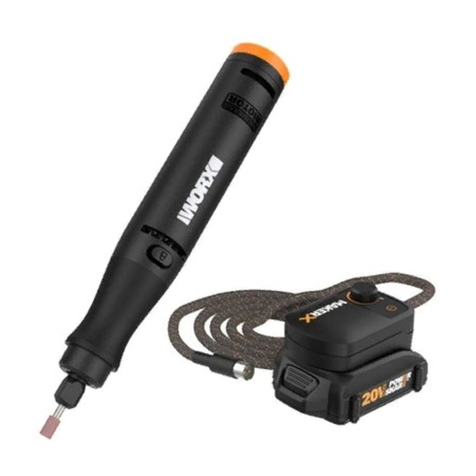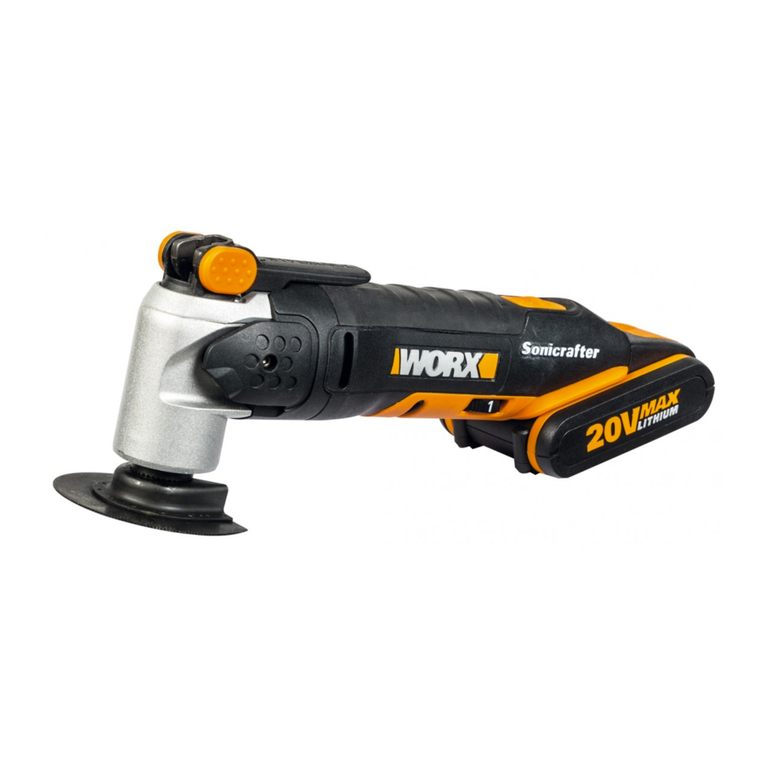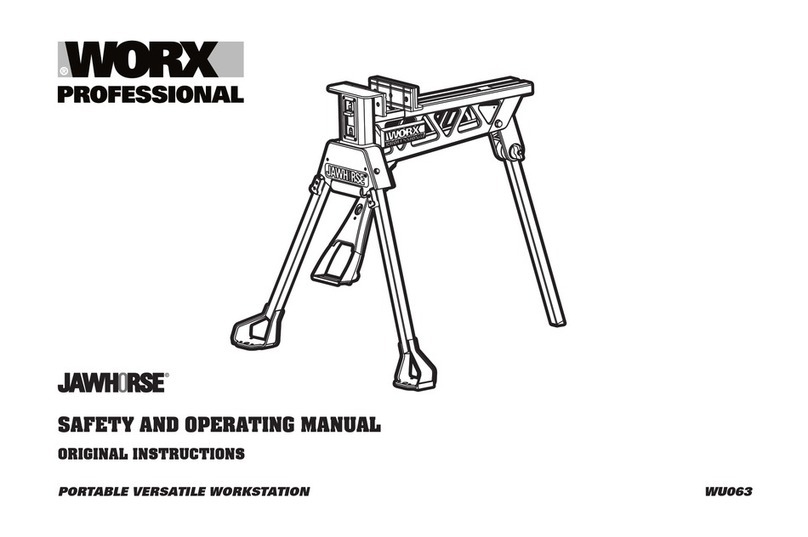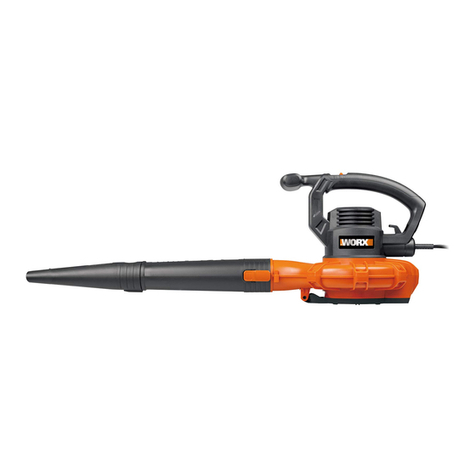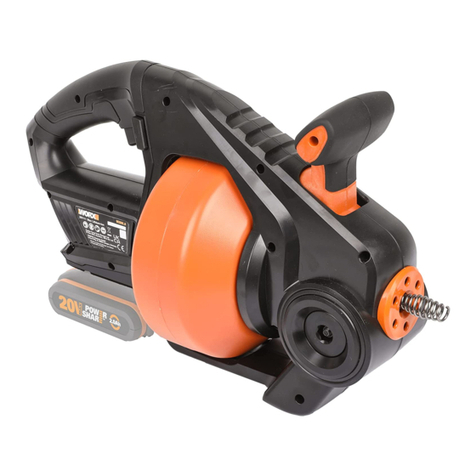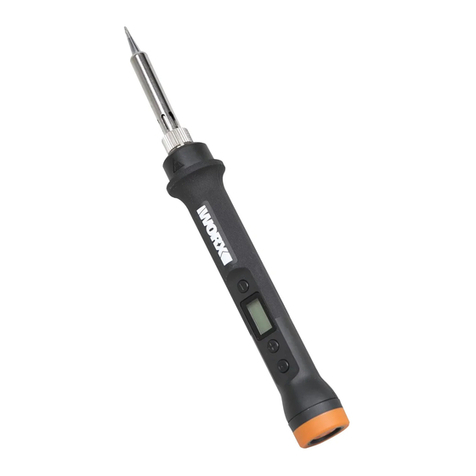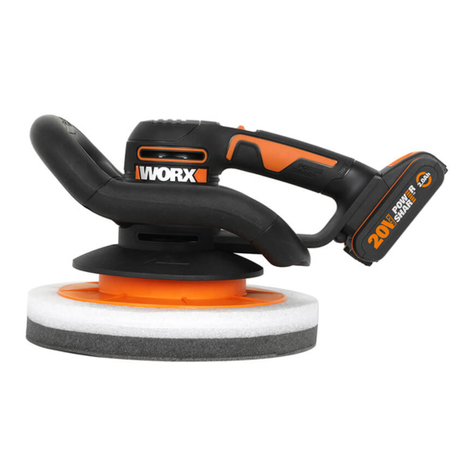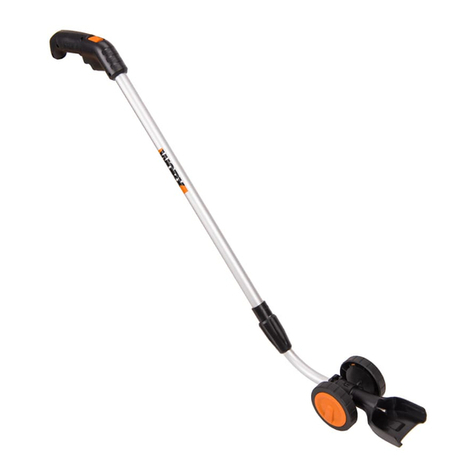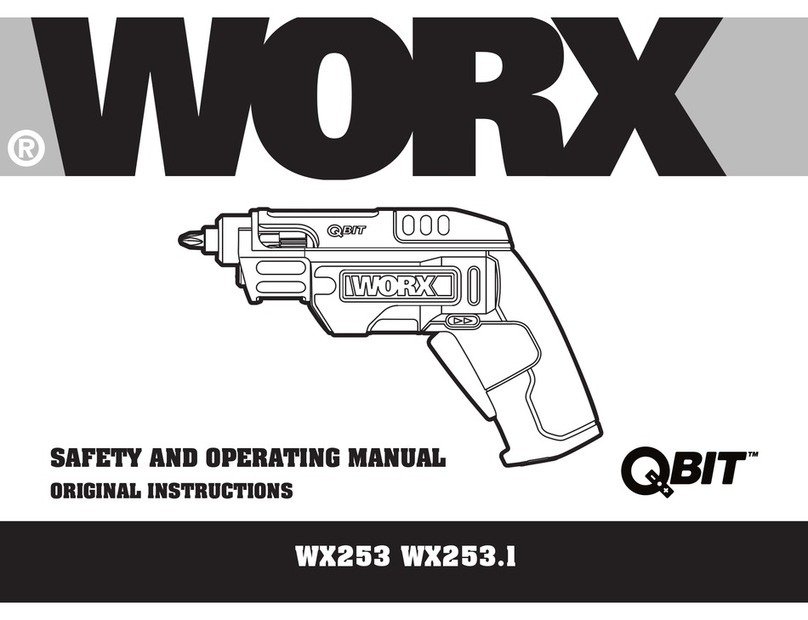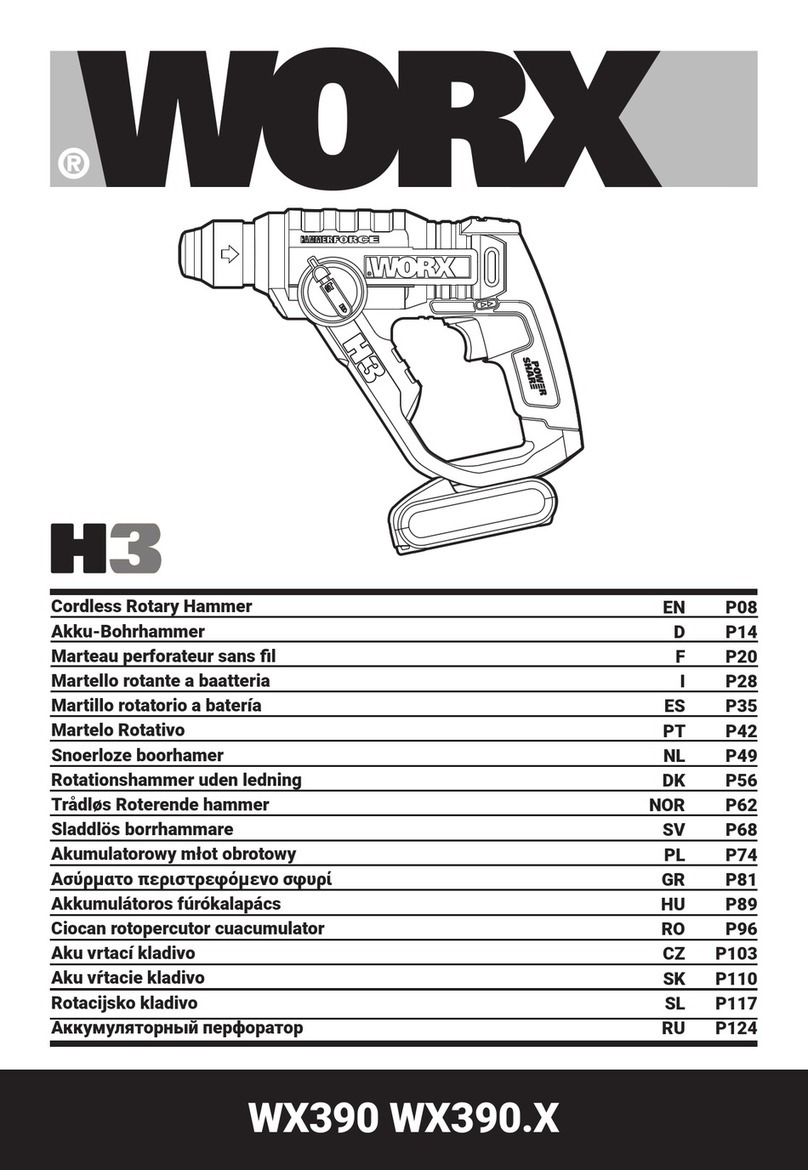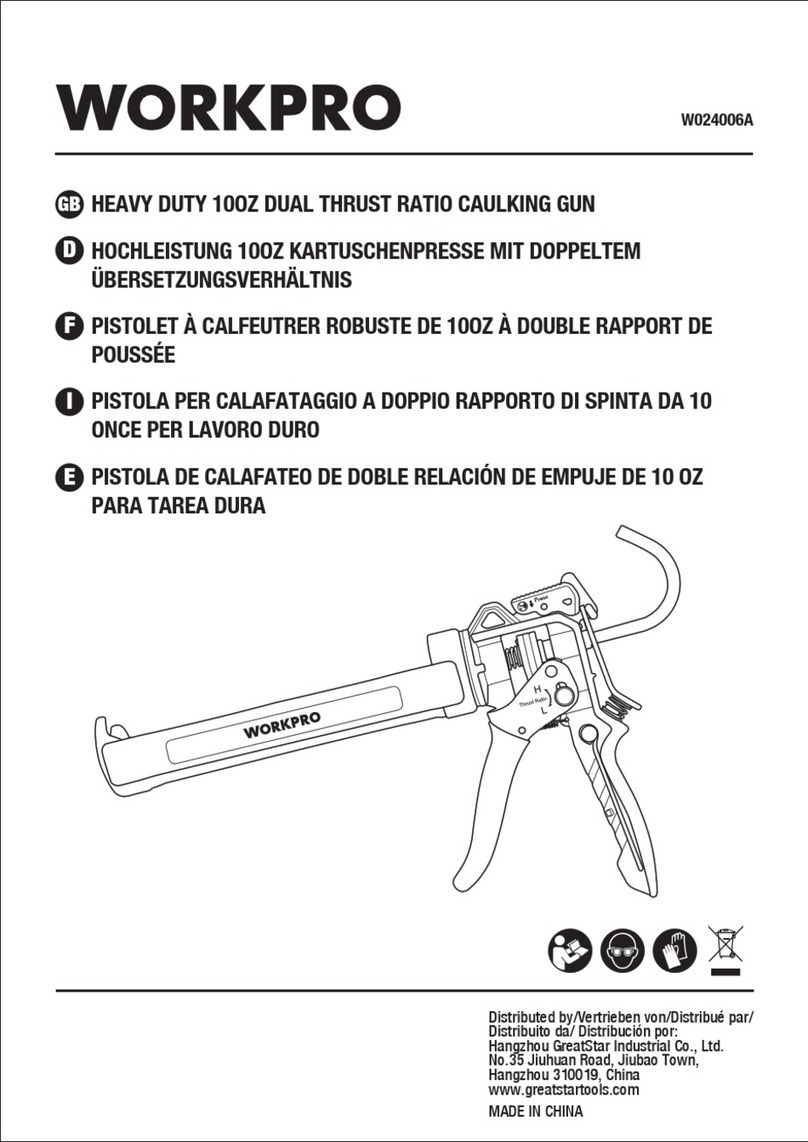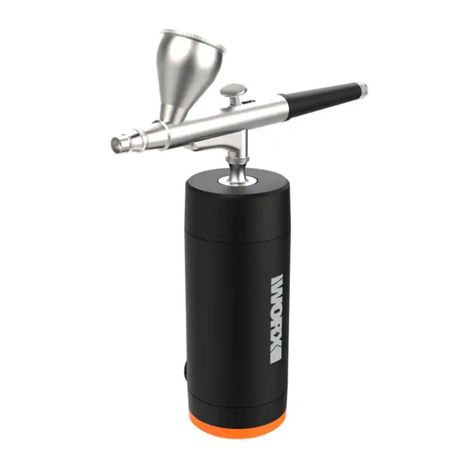8
High Frequency Multi-function Tool EN
SAFETy INSTRuCTION FOR
CuTTINg
1. Hold power tool by insulated
gripping surfaces, when performing
an operation where the cutting
accessory may contact hidden
wiring. Cutting accessory contacting a
“live” wire may make exposed metal
parts of the power tool “live” and could
give the operator an electric shock.
2. Always wear a dust mask
SAFETy WARNINgS FOR
BATTERy pACk
a) Do not dismantle, open or shred
cells or battery pack.
b) Do not short-circuit a battery
pack. Do not store battery packs
haphazardly in a box or drawer
where they may short-circuit each
other or be short-circuited by
conductive materials.
c)
Do not expose battery pack to heat or
fire. Avoid storage in direct sunlight.
d) Do not subject battery pack to
mechanical shock.
e) In the event of battery leaking, do
not allow the liquid to come into
contact with the skin or eyes. If
contact has been made, wash the
affected area with copious amounts
of water and seek medical advice.
f) Seek medical advice immediately
if a cell or battery pack has been
swallowed.
g) Keep battery pack clean and dry.
h)
Wipe the battery pack terminals with
a clean dry cloth if they become dirty.
i) Battery pack needs to be charged
before use. Always refer to this
instruction and use the correct
charging procedure.
j) Do not maintain battery pack on
charge when not in use.
k) After extended periods of storage,
it may be necessary to charge
and discharge the battery pack
several times to obtain maximum
performance.
l)
Battery pack gives its best
performance when it is operated at
normal room temperature (20°C ± 5°C).
m) When disposing of battery packs,
keep battery packs of different
electrochemical systems separate
from each other.
n) Recharge only with the charger
specified by POSITEC. A charger that
is suitable for one type of battery pack
may create a risk of fire when used with
another battery pack.
o) When battery pack is not in use,
keep it away from other metal
objects, like paper clips, coins, keys,
nails, screws or other small metal
objects, that can make a connection
from one terminal to another.
Shorting the battery terminals together
may cause burns or a fire.
p) Under abusive conditions, liquid may
be ejected from the battery pack;
avoid contact. If contact accidentally
occurs, flush with water. If liquid
contacts eyes, additionally seek
medical help. Liquid ejected from the
battery may cause irritation or burns.
q) Clean the battery pack contacts and also
those of the equipment prior to battery
installation.
r) Remove exhausted battery pack promptly.
s) Do not use any charger other than that
specifically provided for use with the
equipment.
t) Do not use any battery pack which is not
designed for use with the equipment.
u) Keep battery pack out of the reach of
children.
v) After extended periods of storage, it may
be necessary to charge and discharge
the battery pack several times to obtain
maximum performance.
w) Retain the original product literature for
future reference.
x) Remove the battery from the equipment
when not in use.
y) Dispose of properly.

